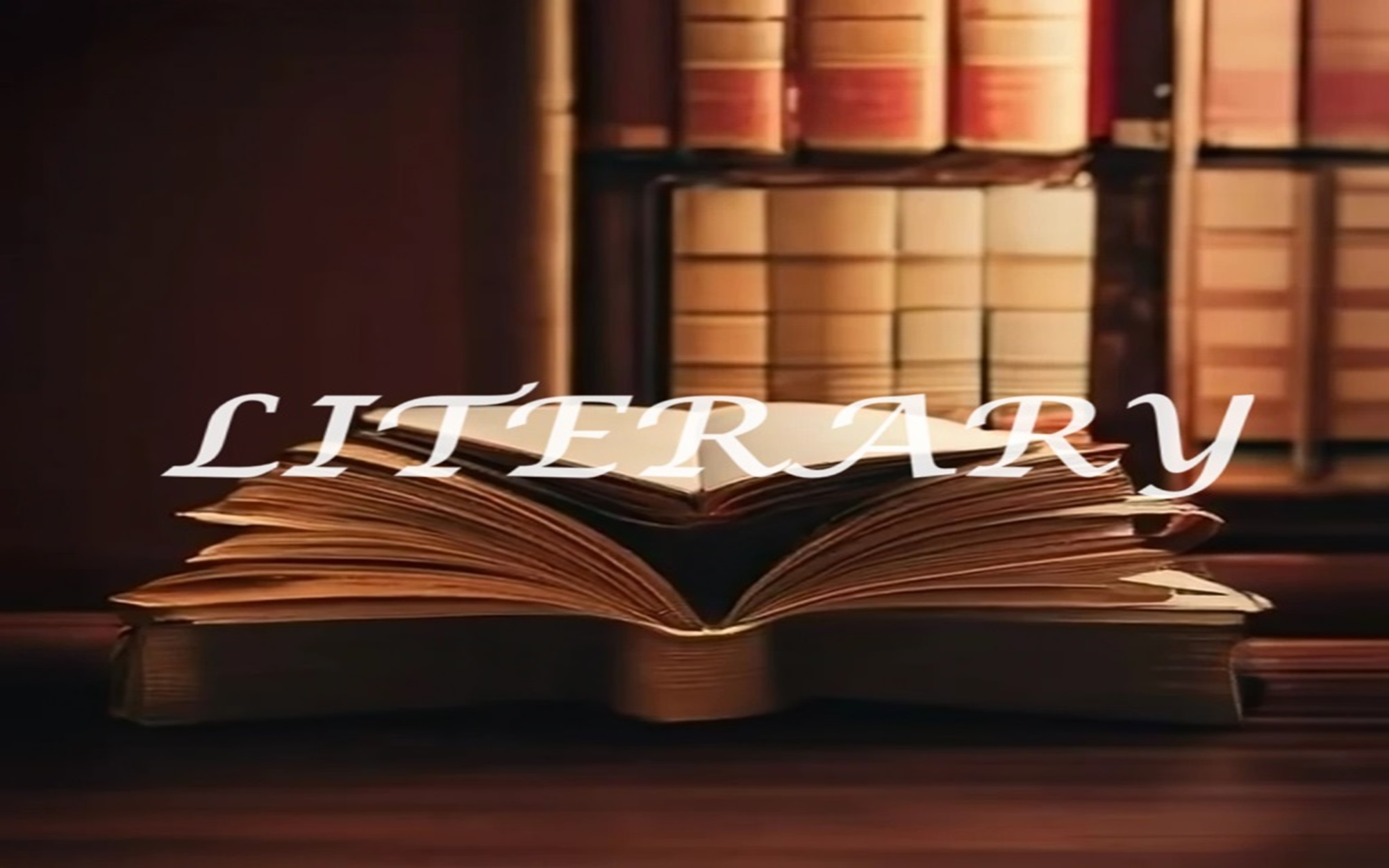Shakespeare is a name that specifies a unique co-existence of all dramatic features. It means an infinite arena where tragedy, humor, reality, clowns, fools, heroism, betrayal, sorcery, and love get an incomparable and matchless shape in words. In truth, creating something unique and ever-new is the signature style of the famous playwright. Shakespeare’s humorous touch in tragic art is one such ever-glittering mark and trendsetter in the world of plays.
Humor and Shakespeare are inseparable, and so it ensures Shakespeare’s humorous touch in tragic art:
Yes, humor is not a separable thing in Shakespeare’s creativity. It is a “permeating ingredient” in the playwright’s works that acts like a “common solvent.” Why common? Because it creates a platform where opposite thoughts, ideas, or different forms of life get melted into a “happy reconcilement.”

Humor in Shakespearean plays conceives and breeds seriousness in fun, innocence in mischief, and naivety in cunning. But the question is, how has the playwright unlocked this feature in tragedies? The answer is the renowned dramatist has introduced fools, clowns, simpletons, and nincompoops in his famous tragedies to unlock the feature. Moreover, he has never revealed derision for them or made mockery for diminishing their valuable presence. In most of Shakespeare’s tragic art, these clowns and fools are associated with the main characters in the plays. They are undoubtedly the best tool for offering excellent, timely relief from anxiety and the bitter sense that is constantly breathing in tragic art.
One relevant thing is readers become familiar with the said characters with kindness and trust. In plays, they appear like an undertone of intense sentiment with profound impact. Their movement may remain noiseless and not acutely visible all the time, but that can not lessen their importance. In the guise of mirth and hilarity, an invisible law of humanity always keeps going in Shakespearean dramas. In a word, Shakespeare’s humorous touch in the tragic art helps reduce the suffocating situation that emerges from the tragedy.
Amusement is an indomitable craving that every human deeply desires:
Amusement or fun is an indomitable desire that almost everyone craves, especially in a dreadful situation. And in reality, laughing is the best instrument to get relief from that condition. Yes, the fact is that people laugh to find comfort or relaxation in a heartbreaking or distressing situation. But if they do something better than laughing without even knowing it, they can, for sure, find themselves in a better state, far more beneficial and significant. Shakespeare’s humor is one such notable catalyst that eases the human mind with incomparable delight and laughter.
In a word, humor in Shakespeare’s deep tragedies possesses profound significance. His humor in the vital tragic scenes sustains the potency of both tears and smiles. In short, the said unique infusion strongly exists even in intense strains of Shakespearean tragedies. The most remarkable thing is that this infusion acts in such a way as to intensify the tragic impact.
Moreover, readers can feel that this act plays exquisitely underneath the most poignant scenes or scenarios in profound tragedies. And in addition, it amplifies the pathos. According to William Hudson, from the Shakespearean perspective, comedy and tragedy “are not made up of different elements.” Instead, they are “of the same elements,” standing in different places and relations. More specifically, what is considered as the background or backdrop in a scenario becomes the foreground in the other one. Similarly, what is an undertone in a specific tragic scene becomes an overtone in the other one.
In true words, the pitiful and the laughable or foolish sometimes appear as either excellent or less significant qualities of human life. Furthermore, these qualities always co-exist in all humans, maintaining an invisible rule of interdependence and mutualism or reciprocity. This law of co-existence finally unfolds an unrivaled dramatic touch in prime Shakespearean works by transporting humor to draw the depths of serious and profound thoughts.

By this act, the playwright makes laughter more refreshing and delightful. Also, through this invigorating feeling, the dramatist emerges as the king in making tragic ecstasies more appealing by taking rich and most appealing colorful flavor from the humor, which acts as the secret undertone to light up the significance of the tragic subject matter. And most importantly, this entire proceeding makes the co-existence awful and simultaneously amusing.
Regarding Shakespeare’s humorous touch in tragic art, one essential perspective is indeed undeniable. It is now an undeniable and undebatably proven truth that the most appealing smiles are those that “play round the moistening eye” and narrate serious thoughts. Also, the sorrowful or saddest face puts on a joyous expression when the inner soul is bearing pathos. In reality, a harmony of pity and humor is essential to balance and restore the concord or unanimity of a fine-tuned mind. And Shakespeare’s humorous touch delicately does that in the ever-remarkable tragic plays.
Also read:
Can Galsworthy’s Dramatic Genius Be Named As John Galsworthy’s Quality?



